How to Read Your Opponent: Psychology & Pattern Analysis in CS2
In CS2, winning isn’t just about sharp aim and quick reflexes. The mental game — understanding your opponent’s mindset and patterns — plays a huge role in securing rounds. The first few minutes of the match are critical to gather intel, spot tendencies, and predict what the enemy team might do next. Let’s dive into how to decode your enemy’s playstyle like a pro.
🧠 The Psychology Behind Enemy Behavior
Every player has tendencies shaped by their experience, confidence, and nerves. Here’s what to watch out for:
- Aggression vs. Caution: Early rushes or quick peeks often mean confidence, or desperation. A cautious player might hold angles and wait for mistakes.
- Consistency: Is the player repeating the same moves (like always pushing short on Dust2)? Predictability is a gold mine.
- Adaptability: Does the enemy change tactics after a failed push, or do they stubbornly repeat it?
🔍 Reading Early Game Patterns
The first 1-3 rounds give a wealth of information. Here’s what to track:
| Pattern | What It Means | How to Counter |
|---|---|---|
| Early Rushes | Enemy tries to catch you off guard, often on pistol rounds | Set up crossfires, use utility to slow pushes |
| Slow Defaults | Waiting to gather info or bait aggressive peeks | Try controlled aggression or bait them with fake noise |
| Repeated Smokes/Flash Uses | Indicates planned executes on certain sites | Hold passive angles, listen for utility usage |
| Unusual Rotations | May indicate either fakes or weak spots | Communicate with teammates to exploit over-rotations |
👀 Spotting Individual Tendencies
Besides team-wide patterns, watch how individual players behave:
- Preferred Angles: Do they favor tight corners, wide peeks, or lurk in shadowy spots?
- Weapon Choices: Some players stick to rifles, others to SMGs or snipers, which dictates their likely positioning.
- Reaction to Pressure: Do they panic and spray, or stay calm and wait for backup?
📊 Putting It All Together: Sample Early-Game Analysis
Let’s say you’re watching a team on Mirage:
- Rounds 1-2: They rush B apartments aggressively with a mix of smokes and flashes.
- Round 3: They slow down and attempt mid control with two players pushing short aggressively.
- Round 4: One player always holds underpass lurking, rarely rotates early.
From this, you can deduce:
- They like to surprise with fast executes early but shift to map control later.
- Mid and short control is key to their strategy.
- Lurker is hesitant to rotate quickly, so if you bait a fake, you can exploit site weakness.
⚡ Quick Tips for Real-Time Reading
- Keep communication open and share info quickly.
- Use your minimap and sound cues to catch rotation patterns.
- Don’t fall for obvious fakes — trust your teammates and utility.
- Adjust your playstyle mid-match based on what you learn.
Reading your opponent is an evolving skill that blends psychology, game knowledge, and sharp observation. Practice watching demos, keep notes on common enemy habits, and soon you’ll find yourself predicting enemy moves before they even happen. Now go out there and outsmart the competition!


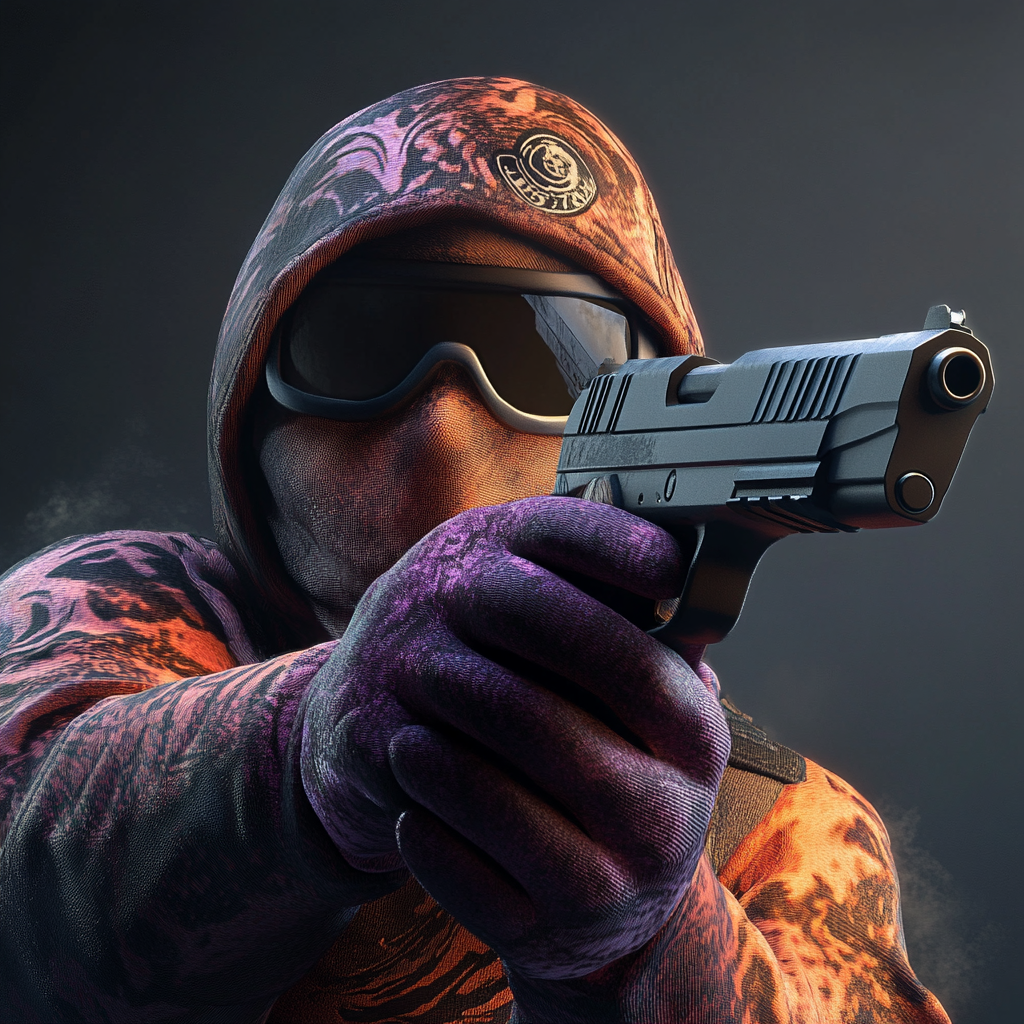
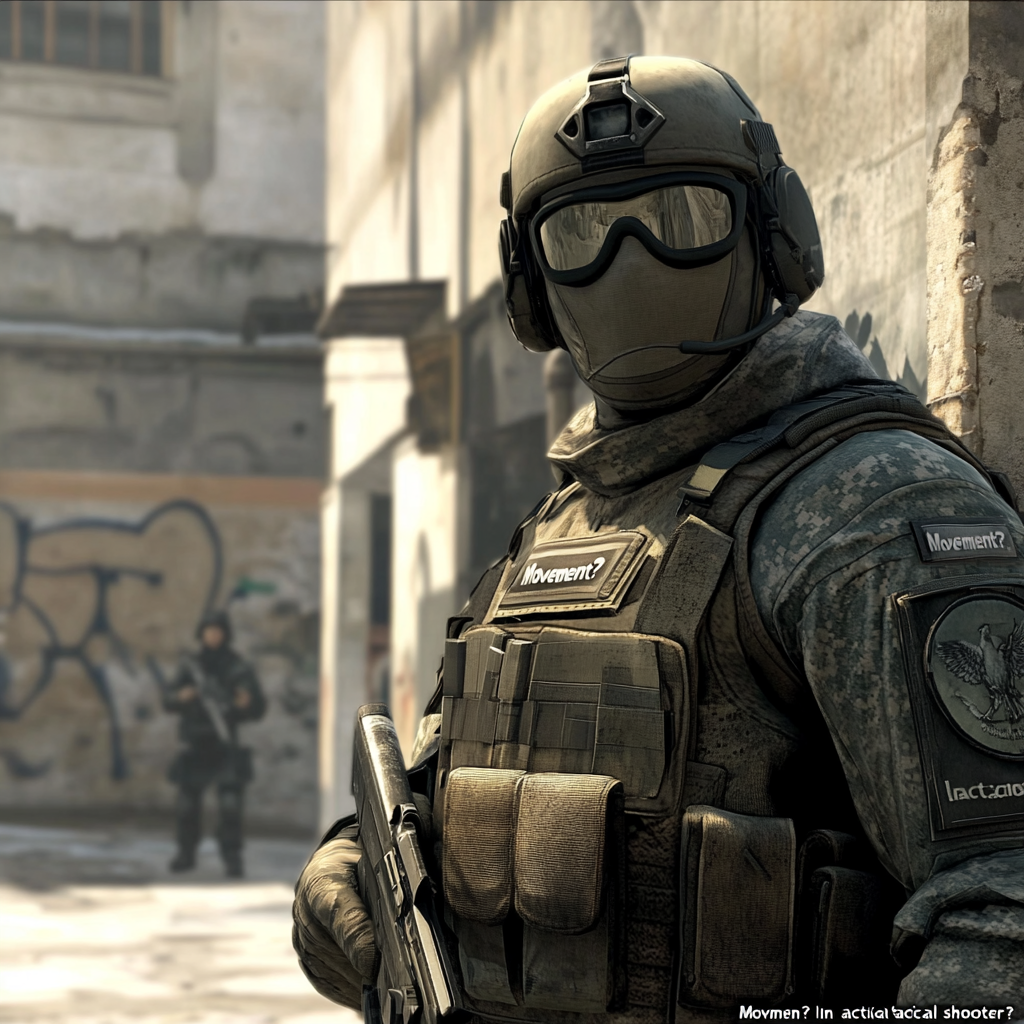

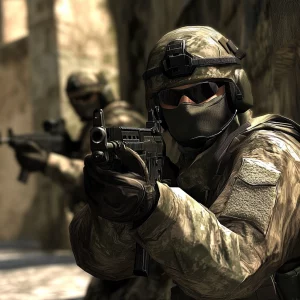


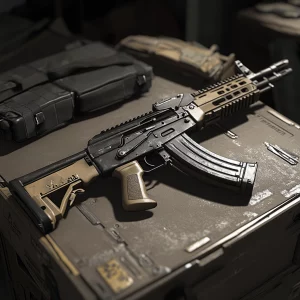
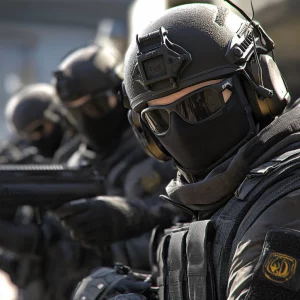

Post Comment